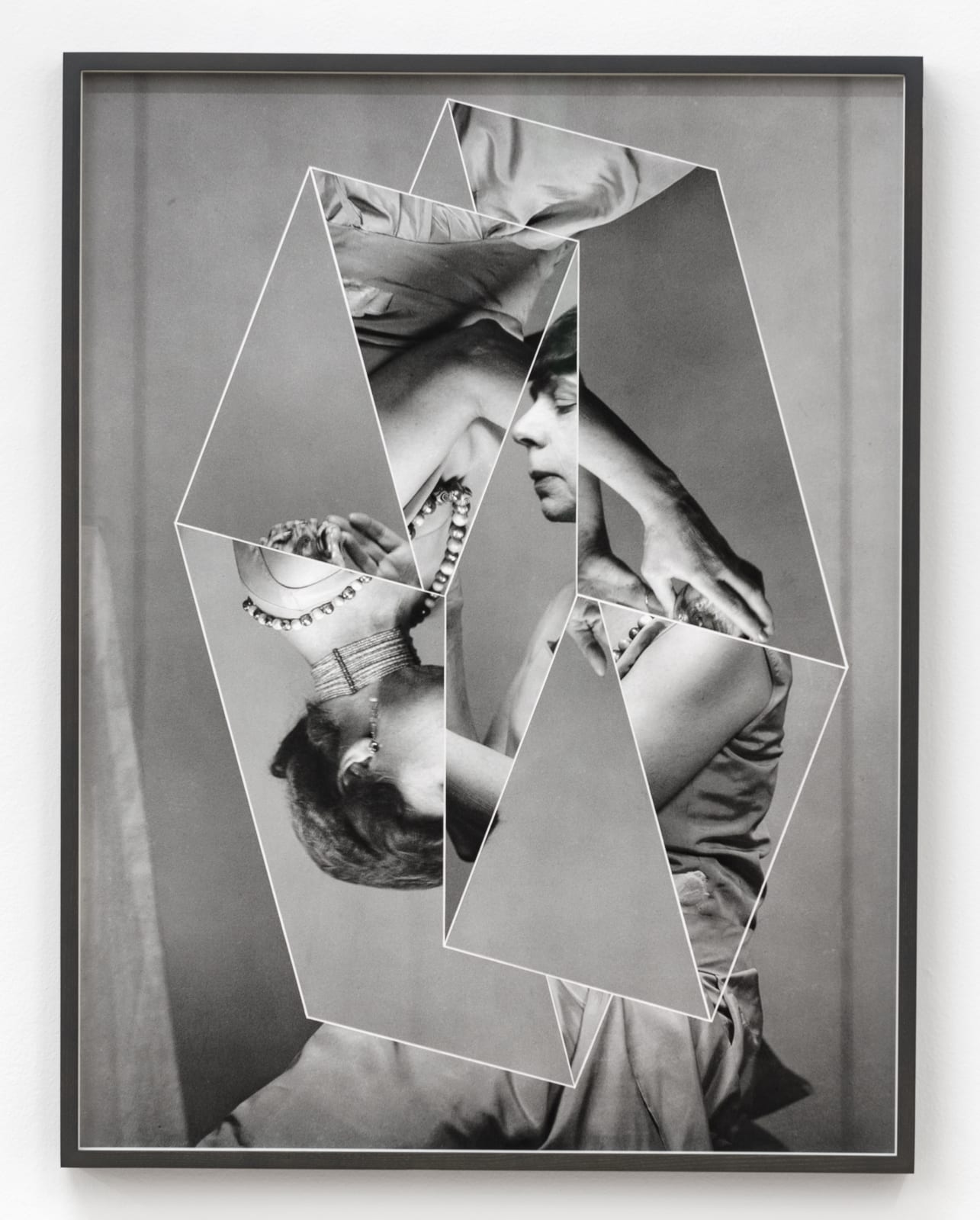
Andrea Geyer
Constellations (Carrie Stettheimer after Genthe), 2018
Hand-cut archival print on rag paper
89.2 x 67.9 cm
35 1/8 x 26 3/4 in
35 1/8 x 26 3/4 in